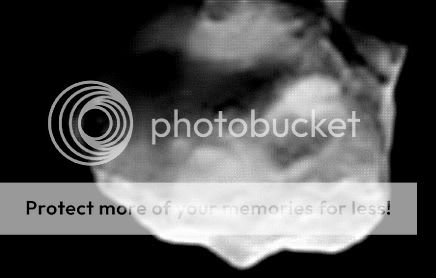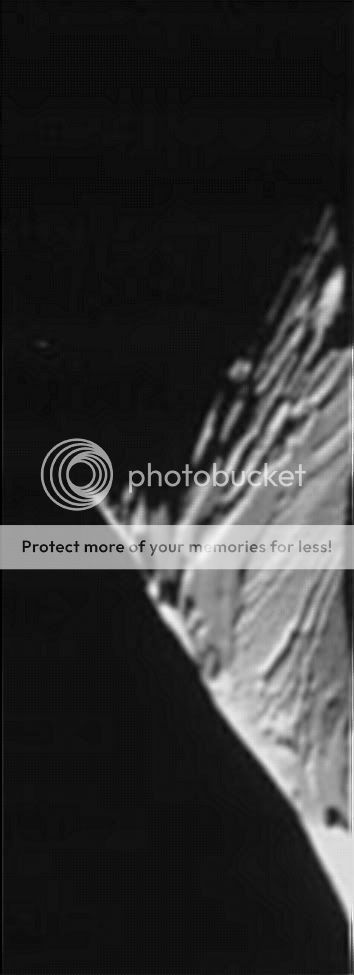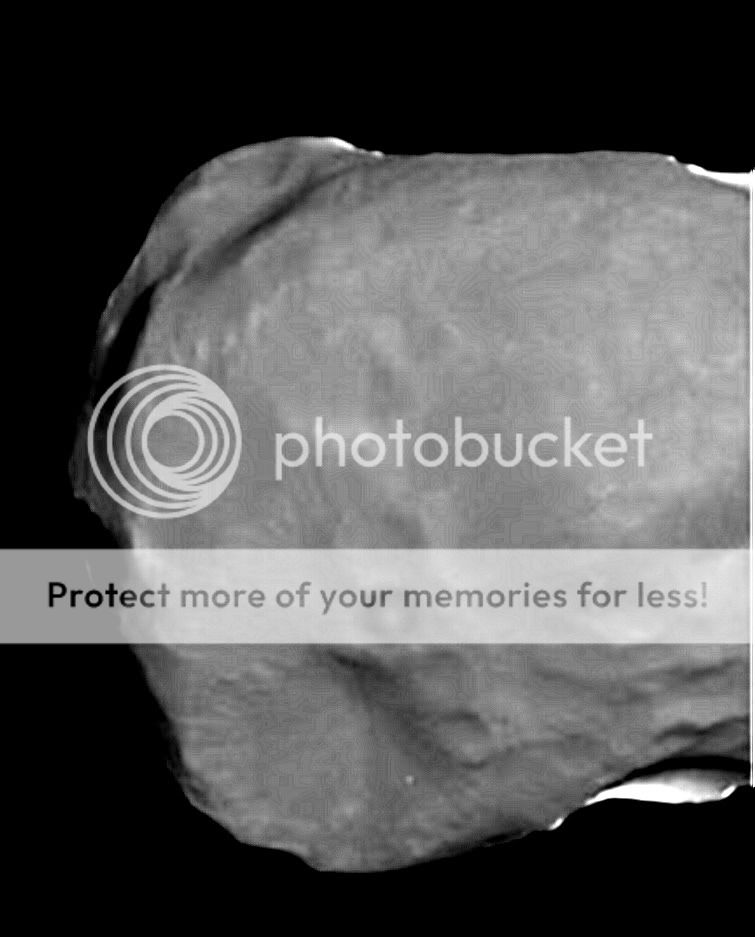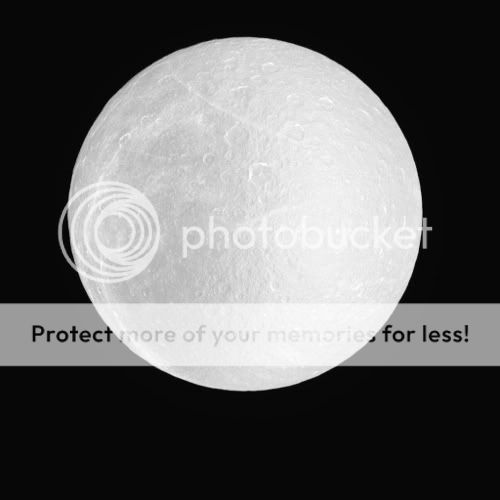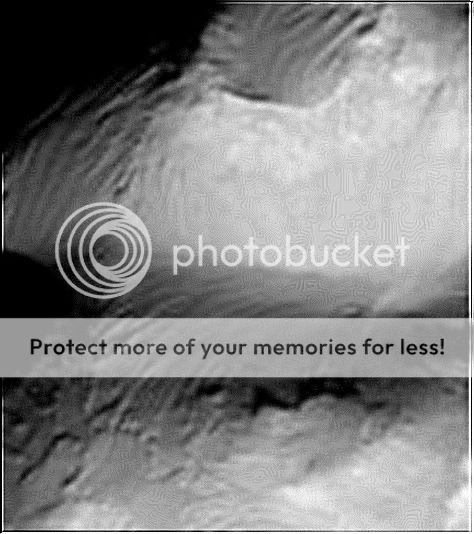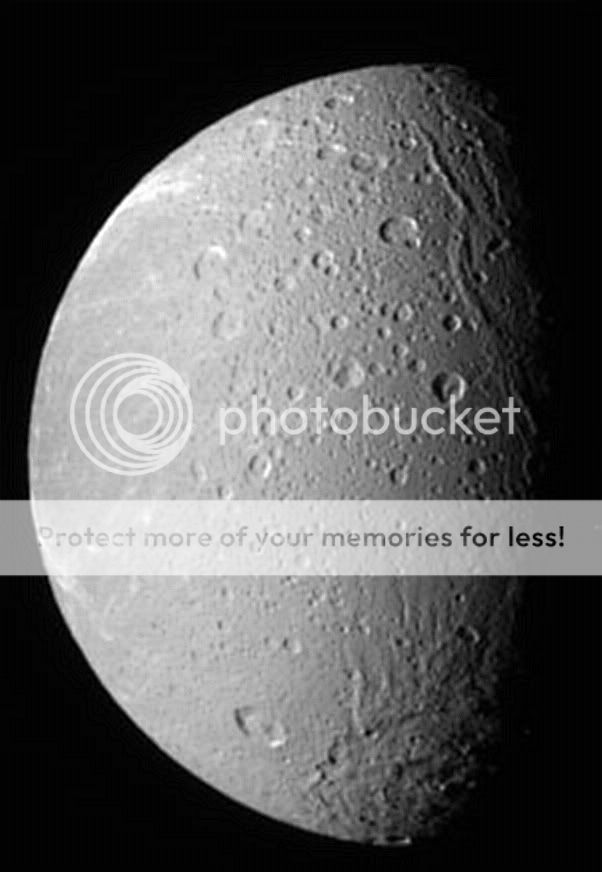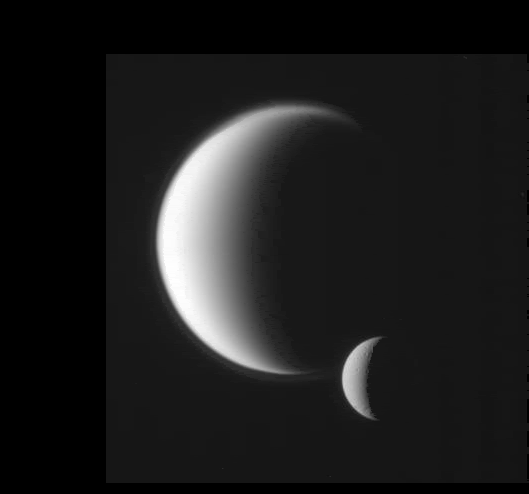Re: Cassini Equinox Mission (Cassini's two year extension).
EarthlingX":2esw1f93 said:
This are raw images from Rhea flyby : (What are those lines ? They make it look like a tennis ball .. Crust contraction as a result from cooling, like we see on Mercury ? Cooling from what ? :? Plate tectonics ? :shock: More liquid ? :? ..

)
From
Rhea "Rev 127" Flyby Raw Preview #1[/u
[url=http://ciclops.org/view/6237/Rhea_Rev_127_Flyby_Raw_Preview_2]Rhea "Rev 127" Flyby Raw Preview #2
 Rhea "Rev 127" Flyby Raw Preview #3
Rhea "Rev 127" Flyby Raw Preview #3

and more ..
Thank You very much EarthlingX.
Great point you made about Rhea. Those faults do look similar to the rupes on Mercury & in the case of Mercury, are certainly due to the cooling of the mantle, resulting in shrinkage, causing the rigid crust above to crack. Mercury's rupes could still be active & generating Mercuryquakes, though we will not know for sure till seismometers are on the surface.
Rhea's do look remarkably similar, but unlike Mercury, which is a differentiated, internally evolved body, Rhea appears primitive through out, undifferentiated & unevolved. Mercury displays signs of volcanism & MESSENGER has certainly found at least one shield volcano, amongst other volcanic features on Mercury. Rhea just appears to be a cratered icy body, where not much else has happened, apart from being cratered. The thrust faults though are interesting & are suggestive that something has happened here. I wonder if they are realted to the Tirawa Basin forming event???
Worth bearing in mind, Mercury is mostly iron with a silicate mantle & crust, Rhea is almost composed of pure ice.
Dione leafing trojan moon Helene.
Three more crops I have done. At least we got some decent imagery before Helene drifted out of view due to the pointing error of Cassini.
A crater approx 5 KM wide on Helene. Strange 'flow' like patterns are seen in the icy surface.
An area approx 4 KM wide showing the southern part of the above crater & some ice hills / outcrops. A small ghost crater, probably ice filled can be seen.
A 4 KM wide area near the dawn terminator of Helene, more strange 'flow' like patterns are seen here along with a remarkably smooth area lacking any impact craters at all.
Below the 1,123 KM wide Gibbous Dione herself, seen on Thursday 4th March 2010. A sharpened enlargement I have done. Dione is certainly one of Saturn's most interesting moons.
Andrew Brown.
 .
.











